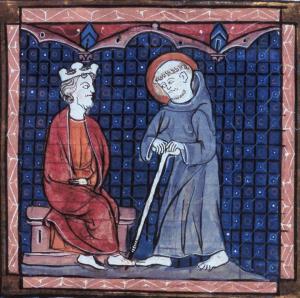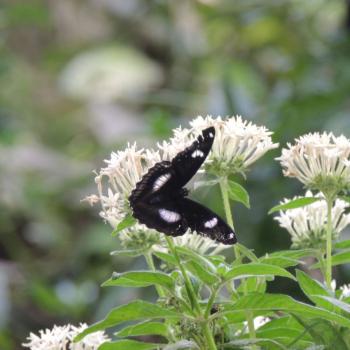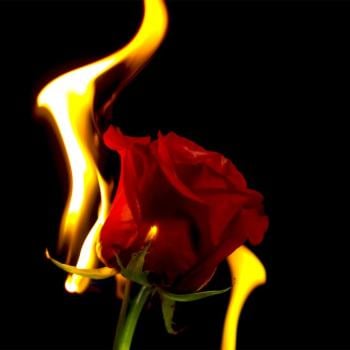What you don’t know about St. Patrick’s Day may surprise you!
On March 17, people around the world celebrate St. Patrick’s Day, also known as the Feast of St. Patrick. Even though this is a celebration of Irish culture and heritage, the patron saint of Ireland was not actually Irish, at least not by birth. St. Patrick was born in Roman Britain and taken to Ireland as a slave at the age of 16. He eventually escaped, but later returned to Ireland and is credited for spreading Christianity in that country.
There are other things about St. Patrick’s Day that may surprise you!
Why was March 17 chosen? Was it St. Patrick’s birthday?
March 17 (461 AD) is the traditional death date of Saint. Patrick, not his birthdate.

St. Patrick’s color was blue, not green
The color green is strongly associated with St. Patrick’s Day celebrations. People dress up in bright green to celebrate. Fifty pounds of dye are used to turn the Chicago River green, a practice started in 1962. In New York City, the Empire State Building turns green in honor of St. Patrick’s Day.
Given all the fuss about green, it would be easy to assume that green must have been the color associated with St. Patrick. However, renderings of St. Patrick show him dressed in blue.
In 1783, a year after granting Ireland substantial autonomy, King George III created the Order of Saint Patrick. The official color of the order was sky blue, and it was known as “St. Patrick’s blue”. According to irishcentral.com, the significance of blue stems from Irish mythology, where the sovereignty of the nation was represented by a woman in a blue robe.
King Henry VIII declared Ireland a kingdom in 1542, and the country got its own coat of arms- a golden harp against a blue background.

How did the color green become associated with St. Patrick’s Day?
The association of the color green with Ireland has evolved over time, symbolic of the country’s lush landscape and rolling hills. The shamrock (clover leaf), which St. Patrick is said to have used to explain the concept of the Trinity, became a symbol of national unity during the 1798 Irish rebellion.

The first St. Patrick’s Day parade was not in Ireland!
According to history.com, the first St. Patrick’s Day parade was held on March 17, 1601 in what is now St. Augustine, Florida. Today, parades are held around the world.
When I was writing the first edition of my book, Scranton, A Place to Call home in 2016, my sources informed me that Scranton’s parade was one of the largest in the US, with over 12,000 attending annually. I am now aware that that number pales in comparison to other cities’ parades. New York City has 2,000,000 attendees, according to irishroadtrip.com.

Did St. Patrick banish snakes from Ireland?
According to legend, St. Patrick banished snakes from Ireland after they attacked him during a 40-day fast. However, snakes are not naturally found in Ireland and the legend is believed to be an allegorical representation of what the saint did to pagan ideology.
Has drinking always been a part of the celebrations?
St. Patrick’s Day ranks third among the most popular drinking days and first for the most popular holiday for drinking beer. In light of this, it may surprise you to know that up until the 1970s, the laws in Ireland actually mandated that pubs be closed on St. Patrick’s Day.
Sobering Statistics
According to the National Highway Traffic Safety Administration (NHTSA), 287 lives were lost in accidents involving drunk drivers during St. Patrick’s Day periods between 2016 and 2020. In the year 2020, more than a third of crash fatalities during this period involved drunk drivers.
If alcoholic drinks are involved in your celebration, please don’t drink and drive. Have a designated driver (and be sure they haven’t been drinking), or call a ride service.
If you or a loved one are struggling with problem drinking or other substance use, please seek professional help.
Happy St. Patrick’s Day to all who celebrate! Let’s make it a joyous, safe celebration!
Resources:
https://www.samhsa.gov/find-help/national-helpline
https://findtreatment.gov/














